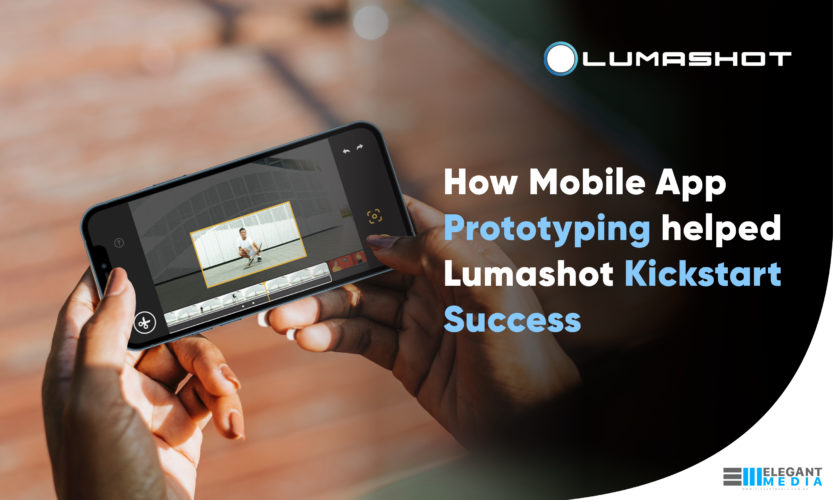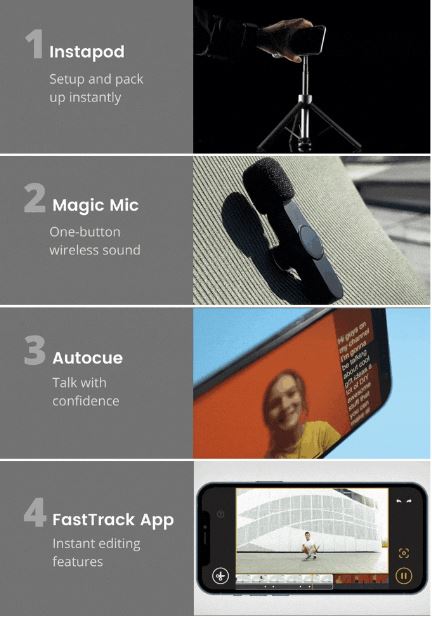When the creators of Lumashot, an all-in-one kit to make videos the easy way, required Mobile App Prototyping to showcase and feature one of its key functions, Elegant Media was able to solve this problem and develop and deliver success.
- What is a Prototype?
- What is Mobile App Prototyping?
- Type of Mobile App Prototyping
- Typical Stages of Mobile App Prototyping
- Methods of Prototyping Application
- Advantages of Mobile App Prototyping
- The Lumashot Mobile App Prototyping Story
- Success Checklist
- Final Word on Mobile App Prototyping
What is a Prototype?
Borrowed from the Greek language, ‘primitive form’ or a prototype is defined as an early sample, model, or release of a product built to test a concept or process.
One of the key differences between prototypes and computer-based simulations is that prototyping provides detailed specifications for a real, functioning system rather than a system based on theory and assumptions.
In a majority of product development processes, creating a working prototype is a key step when transitioning from concept to product in terms of evaluation of the proposed idea.
It must be noted that a Minimum Viable Product (MVP) for a mobile app would differ from a prototype for a Mobile App as the former would include more than one feature or function and be shared much more widely and extensively with target users.
What is Mobile App Prototyping?
A prototype for a Mobile App would be a functioning and working wireframe process that will present a smoothly flowing ‘real’ user journey for the app user.
Although not having all the desired functions and features, a prototype for a Mobile App will offer the user full-functionality with regard to the particular feature/concept or process/function being tested.
This is when App owners get to see if their idea is technologically possible to achieve rather than having to rely on descriptions.
The prototype Mobile App will play a critical role in evaluating the many elements that come into play when evaluating the viability of the proposed idea.
It will provide valuable feedback, data and statistics that will help identify shortcomings and modifications, adaptations and improvements required to achieve its objectives.
“If a picture is worth 1000 words, a prototype is worth 1000 meetings.”
David & Tom Kelley
Type of Mobile App Prototyping
- A Proof-of-Principle Prototype – this type serves to verify one or more key functional aspects of the intended design, but usually does not have all the functionality of the final product.
- A Working Prototype – this type represents all or nearly all of the functionality of the final product.
- A Visual Prototype – This is mainly for physical objects or products that are intended to represent the size and appearance, but not the functionality, of the design.
- A User Experience Prototype – This type offers enough functions and features as required in order to generate preliminary user data.
- A Functional Prototype – This is perhaps the most evolved of all types and captures both function and appearance of the intended design, though it may be created with different techniques and even different scale from final design.
Forms of Mobile App Prototyping
Having figured out what type of Mobile App Prototype is to be built App owners can then figure out which form of prototyping to opt for depending on their particular requirement.
Throwaway Prototyping
An element of Rapid Prototyping, Throwaway Prototyping takes its name from the fact the prototype will be discarded rather than becoming part of the final delivered software upon completing its purpose.
It can be defined as a simple working model of the system constructed to visually show the users what their requirements may look like when they are implemented into a finished system.
One of the clear cut advantages of this form of prototyping is speed, in terms of development time and also the added benefit of being able to obtain user data and feedback.
“Rapid prototyping is a more effective manner in which to deal with user requirements-related issues, and therefore a greater enhancement to software productivity overall. Requirements can be identified, simulated, and tested far more quickly and cheaply when issues of evolvability, maintainability, and software structure are ignored. This, in turn, leads to the accurate specification of requirements, and the subsequent construction of a valid and usable system from the user’s perspective, via conventional software development models.”
S P Overmyer
Evolutionary Prototyping
As and when compared to Throwaway Prototyping, Evolutionary Prototyping is all about being slow and steady. With extensive planning, a very structured approach is embraced to build a robust prototype vision and then constantly refine it.
As this new system or process will form the very core of the Mobile App, it is important to fully discover, explore and understand its capacities and capabilities before identifying any shortcomings or undertaking further modifications, adaptations and improvements.
In Evolutionary Prototyping, developers can focus their attention to develop parts of the system that they understand instead of working on developing a whole system. This allows the development team to add features or make meaningful changes that were not possible prior to this point.
“…evolutionary prototyping acknowledges that we do not understand all the requirements and builds only those that are well understood.”
Alan M. Davis
Typical Stages of Mobile App Prototyping
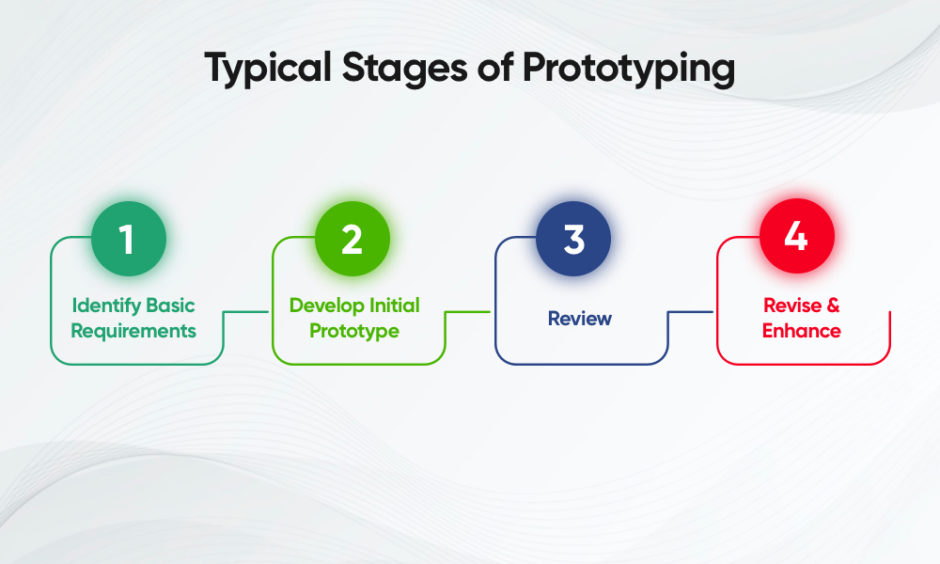
Methods of Prototyping Application
When it comes to applying prototyping to any project, a number of methods of prototyping can be utilised. These include Evolutionary Rapid Development or Systems Development and also Operational Prototyping as proposed by Alan Davis.
Dynamic Systems Development Method
The Dynamic Systems Development Method (DSDM) is a popular mode of prototyping application and utilizes prototyping as a landmark step in delivering business solutions.
“The prototype may be a diagram, a business process, or even a system placed into production. DSDM prototypes are intended to be incremental, evolving from simple forms into more comprehensive ones. DSDM prototypes can sometimes be throwaway or evolutionary.”
Four categories of prototypes by DSDM
- Business prototypes – used to design and demonstrate the business processes being automated.
- Usability prototypes – used to define, refine, and demonstrate user interface design usability, accessibility, look and feel.
- Performance and capacity prototypes – used to define, demonstrate, and predict how systems will perform under peak loads.
- Capability/technique prototypes – used to develop, demonstrate, and evaluate a design approach or concept.
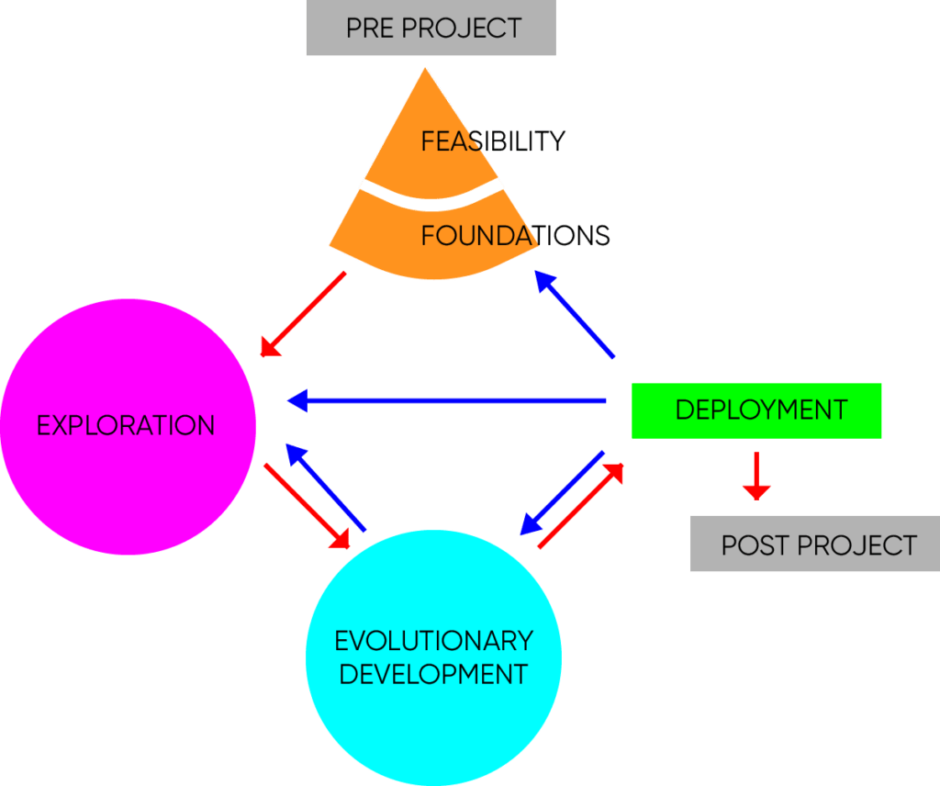
Advantages of Mobile App Prototyping
- The Developer gets familiar with the product and tech idea
- Critical feedback from selected users
- Data from user interactions and experiences
- Proof of concept
- Observe and monitor user interaction and engagement
- Identify Bugs and Fixes
- Valuable Testing Ground
- Secures Funding from those who Believe
- Assessing the Viability of the Business Model
- Proving Monetisation
- Save $$$
- Reduce your Time to Market
- Make New Discoveries
- Realise if timelines can be met
“One of the most productive uses of rapid prototyping to date has been as a tool for iterative user requirements engineering and human–computer interface design.”
S P Overmyer
The Lumashot Mobile App Prototyping Story
Lumashot
Developed and produced by a team of experienced filmmakers, designers, and engineers, Lumashot is set to revolutionise making videos with its creative, out-of-the-box products!
The Lumashot product list includes an instant tripod, one-button mic, video editing app with in-built remote autocue, all in one portable kit.
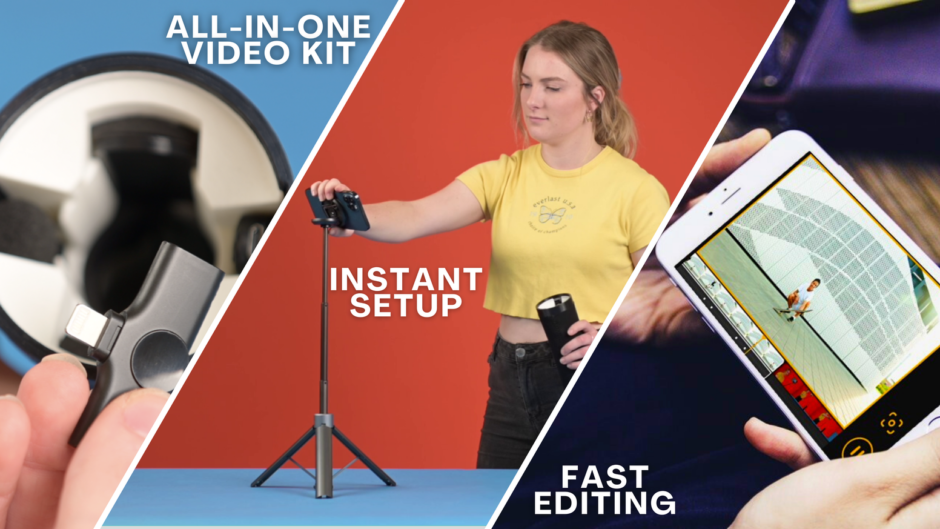
Problem
- In order to complete the full range of functionality of its product range Lumashot required a dynamic Mobile App Prototype MVP that syncs perfectly with its gear and was able to showcase its ultra-fast Track Editing function.
- In preparation for its first ever Crowdfunding Campaign on Kickstarter, the Lumashot creators approached Elegant Media for a solution for those who want to edit their videos fast and on the go.
Solution (FastTrack App Mobile App Prototyping)
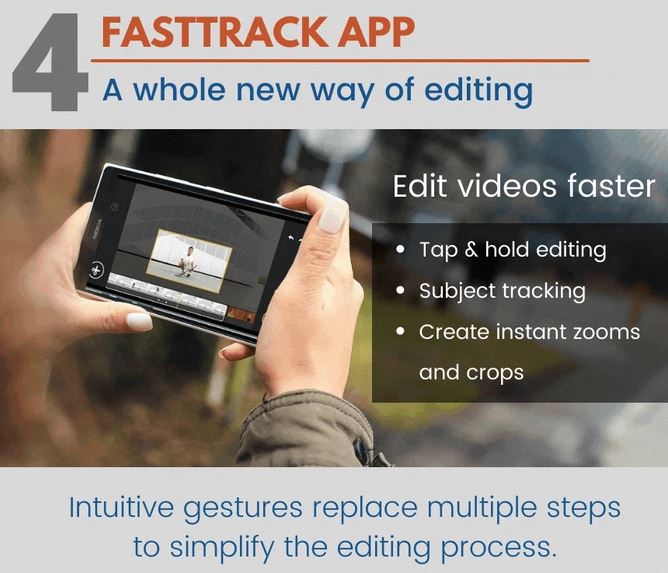
- In order to fulfill the Crowdfunding Campaign on Kickstarter, Elegant Media got to work in creating a Prototype MVP Mobile App with limited functions.
- The most critical feature of the FastTrack App is the ability to edit video 3x faster than normal mainly due to the ultra-fast Track Editing function.
- In this regard, it was opted to go for Vertical Prototyping that is an enhanced complete elaboration of a single function.
- The Lumashot App Track Editing function allows App users to hold their thumb down and track the subject’s movements and simply let go to create a rush for editing.
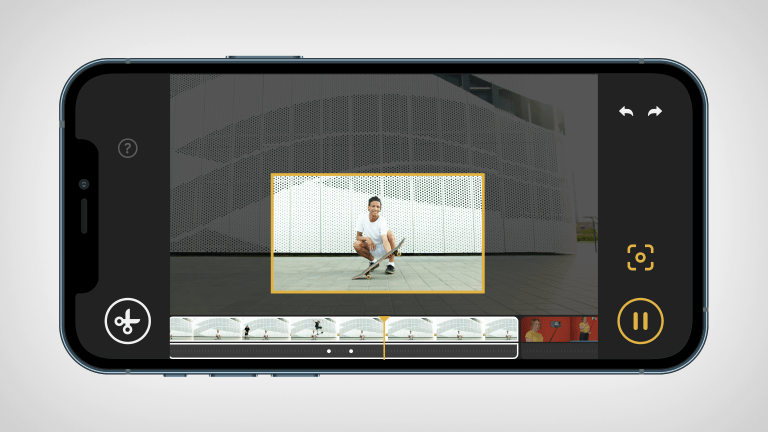
This important function of the FastTrack App developed by Elegant Media was subject to successful Prototype MVP testing prior to being included in the Lumashot Crowdfunding Campaign on Kickstarter.
Impact

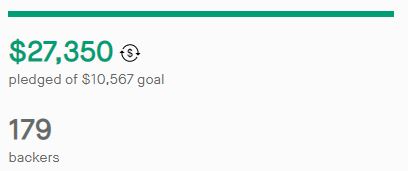
- The impact of the FastTrack App MVP prototype was recognised by the campaign backers who fully funded the Lumashot product range within just six hours of its launch.
- This overwhelming vote of confidence for the FastTrack App – Track Editing function and the entire Lumashot product range was the perfect place to be for the Lumashot Team.
A few of the drawbacks of prototyping include the fact that by definition prototypes will represent some compromise from the final production design and there may be unwarranted confusion, attachment and insufficient analysis provided as and when compared to the cost of developing a prototype.
Success Checklist
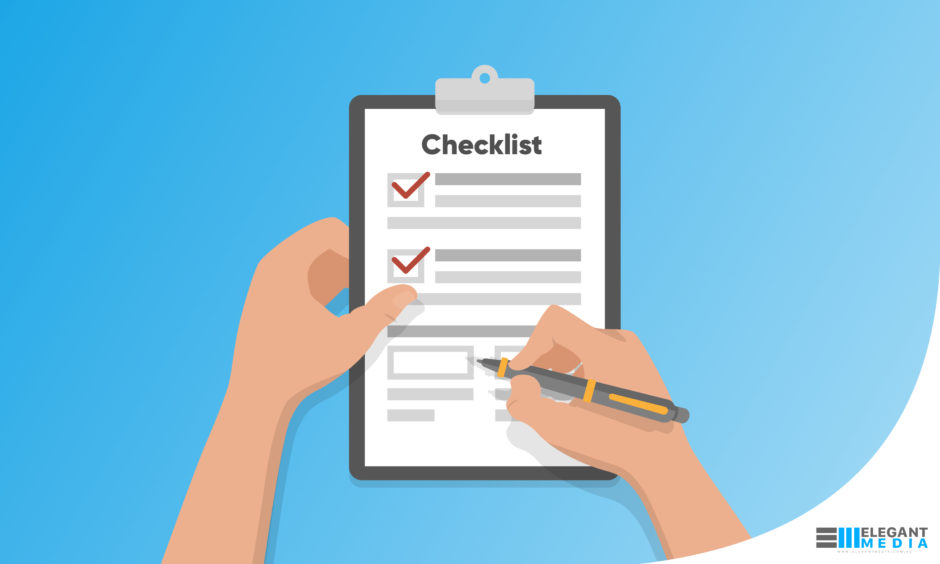
- Idea
- Users
- Features
- Build
- Measure
- Learn
- Reflect
- Improve
- Funding
Final Word on Mobile App Prototyping
If you have a great Mobile App Idea and need to develop a prototype, the rewards may be very fruitful, providing investors and early users a slice of your vision in a functioning manner.
MVP Prototypes for Mobile Apps help to showcase your product, secure funding, raise awareness and absorb key learnings along the way.

